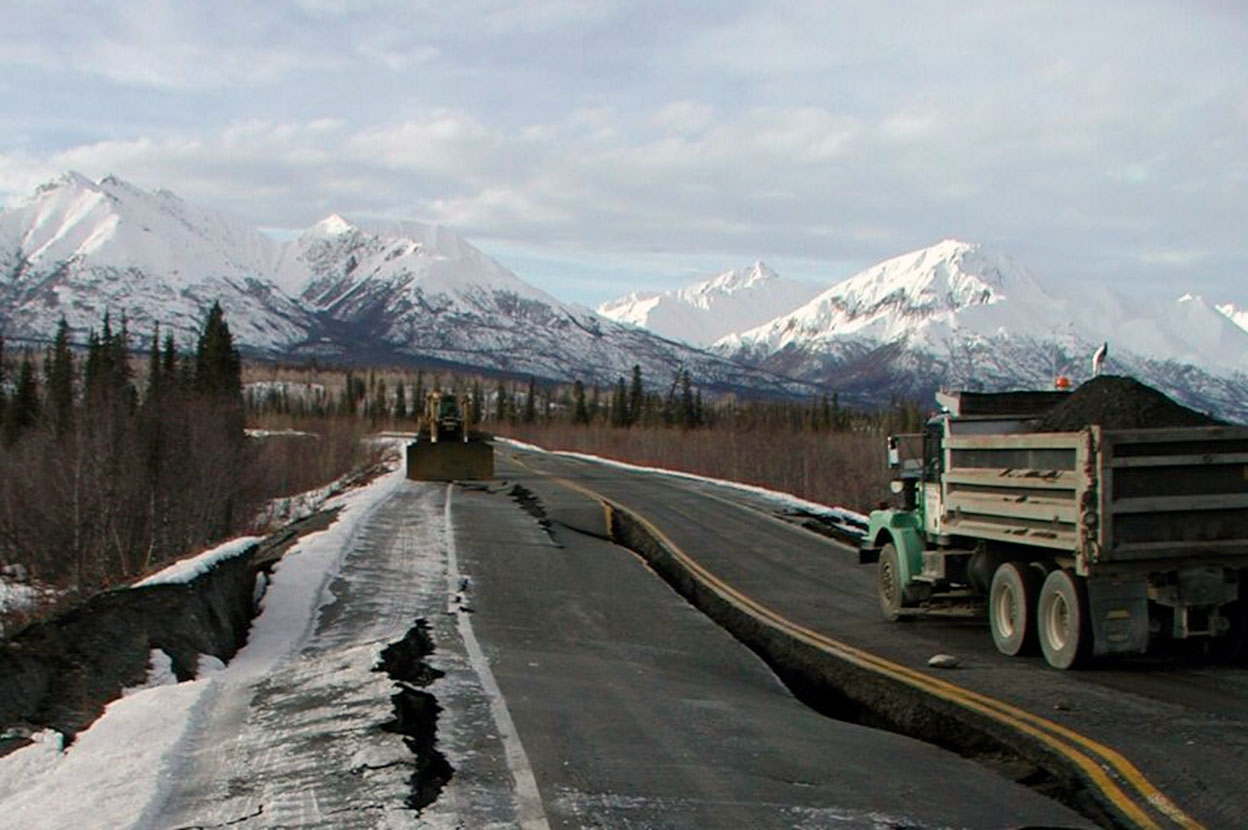Nature's dance over UAA's campus
by Green & Gold News |
Video by James Evans, Chief of Photography and Videography, University of Alaska Anchorage.
The aurora borealis lit up the sky above UAA's Anchorage campus in the early morning
hours on Thursday, March 31, 2022. We spoke with Nathaniel Hicks, associate professor in the UAA Department of Physics and Astronomy, to learn more about the phenomenon:
The beautiful auroral activity in this time-lapse video is associated with a strong geomagnetic storm caused by a coronal mass ejection (CME) from our sun on March 28. A CME is a huge blob of billions of tons of magnetized plasma (electrons and protons) that erupts from the surface of the sun. Right now, solar activity, such as sunspots and flares, is increasing in an 11-year repeating cycle with its next peak in 2025, making solar storms and dramatic auroral activity more likely. This particular CME hurtled out into the solar system at around 2 million miles per hour, reaching Earth in 2-3 days.
When the plasma from the sun reaches Earth, the electrons that stream down toward our magnetic poles encounter Earth’s atmosphere, and on their way they strike atmospheric gasses such as nitrogen and oxygen. The collisions excite the atmospheric atoms and molecules to higher energy states, and when they give up that excess energy they do so by emitting photons of light of various colors. This is the origin of the visible aurora that we see in the video. The predominantly green features undulating and glowing are associated with emission from atomic oxygen, at altitudes greater than 60 miles above the ground.
Auroral displays such as these are an amazing way to observe interactions between the sun and Earth over the vast astronomical scales of space as well as quantum mechanical processes on the tiny scales of atoms!
 "Nature's dance over UAA's campus" is licensed under a Creative Commons Attribution-NonCommercial 4.0 International License.
"Nature's dance over UAA's campus" is licensed under a Creative Commons Attribution-NonCommercial 4.0 International License.














